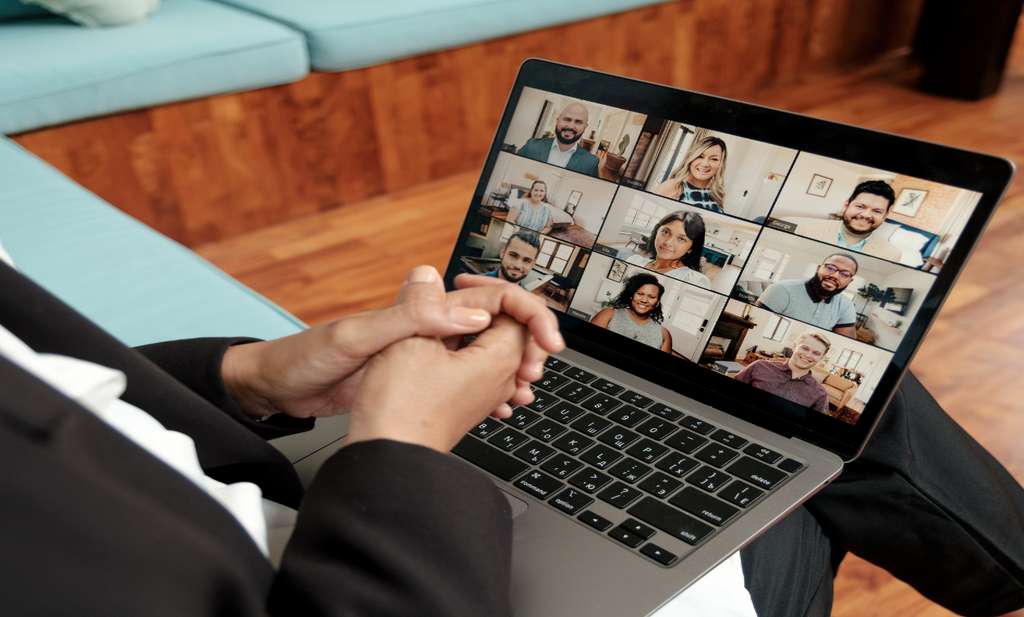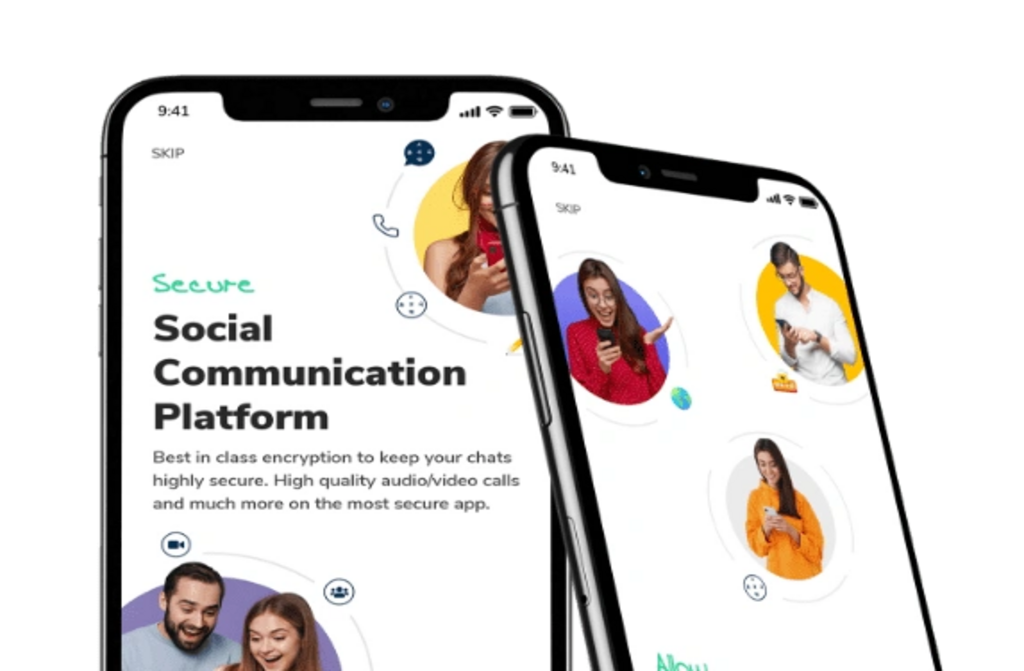The manner in which teams collaborate has evolved due to the worldwide shift towards hybrid work environments. Secure video conferencing is now a critical part of normal operations as staff work together in person and from home. While it is accessible and versatile, it also introduces new challenges regarding data security, privacy, and meeting integrity. This blog looks at how to best ensure secure video conferencing in the hybrid work era using video conferencing security best practices.
Why Secure Video Conferencing in Hybrid Work Matters
It is more crucial than ever to safeguard video communication as companies increasingly depend on remote collaboration. Strategic planning, financial analysis, customer negotiations, and confidential company discussions are now done via video calls. Without proper security measures in place, this data might be open to breaches, leaks, or unauthorized access.
Confidential video conferencing is essential to avoid data exposure in sensitive business conversations. Secure video teleconference setups are now standard, and video conferencing security best practices are now not only recommended but also mandated because of the rise in remote collaboration.
1. Choose Secure Platforms with Built-In Encryption
Selecting a secure video conferencing platform that prioritizes security is the first step. Look for software providers that offer:
- End-to-end encryption for video calls to ensure data is encrypted from sender to receiver
- Secure login protocols (multi-factor authentication)
- Regular software updates and patches
- Transparent data handling policies
Organizations should assess the reputation and compliance certifications (like GDPR, HIPAA, or ISO 27001) of secure video conferencing software before onboarding. This is critical when evaluating how to choose a secure video conferencing platform.
Choose Secure Platforms with Integrated Encryption
Begin by selecting a secure video conferencing tool. Look for secure video conferencing software that offers:
- End-to-end encryption (E2EE), which ensures data is encrypted from the sender to the recipient.
- Secure login protocols (multi-factor authentication).
- Regular software updates and patches;
- Transparent data handling policies
A platform’s reputation and compliance certifications (like GDPR, HIPAA, or ISO 27001) must be assessed by companies before onboarding. These are crucial elements when evaluating how to choose a secure video conferencing platform or secure video conferencing solutions.
2. For video calls, implement end-to-end encryption.
End-to-end encryption for video calls is among the most crucial aspects for maintaining secure virtual meetings. This means that even the service provider cannot read the content since it is encrypted at the point of sending and only decoded at the receiving end.
Especially in open or unsecured networks, video conferencing encryption prevents cyberattacks such as eavesdropping and man-in-the-middle attacks. This provides good protection for genuinely sensitive meetings when activated by default and is a foundation of video conferencing end-to-end encryption.
3. Enforce Strict Access Controls
To prevent unauthorized individuals from joining virtual meetings and secure video teleconferences, businesses must:
- Require unique passwords and meeting IDs for every meeting.
- Check attendees in lobbies or waiting rooms.
- Turn off auto-join functions, except where absolutely necessary.
- Provide role-based permissions (e.g., host, co-host, viewer) to attendees.
These capabilities help ensure that only invited individuals can join and contribute to secure virtual meetings.
4. Update Software and Hardware Often
Hackers usually gain entry through old software. It’s important to ensure that all hardware, operating systems, and secure video conferencing platforms are up to date. Updates and patches typically counteract known vulnerabilities that, if ignored, could compromise entire meetings.
5. Conduct Security Hygiene Training for Staff
Staff members often constitute the weakest link in cybersecurity. Training is regularly done to furnish teams with information on:
- Detection efforts at phishing.
- Not engaging in unprotected Wi-Fi networks.
- Recognizing suspicious meeting links.
- Using screen sharing and file transfers correctly.
Conducting oneself with security in mind ensures that procedures and technology protect confidential video conferencing.
6. Monitor and analyze meeting activity
It’s possible to discover anomalies by monitoring who goes to meetings, when, and for how long. Many of the best video conferencing tools with encryption include administrative panels for after-meeting analytics and real-time tracking. With proper execution and authorization, recording meetings can also act as an auditable log for compliance and accountability.
7. Make Use of Secure Meeting Features
- Make sure the following features are activated:
- Ending meetings after all participants have joined.
- Restricting screen sharing to hosts.
- Enabling the host to mute and unmute controls
- Notifying participants when they join or leave
- Watermarking shared material to prevent leaks
These small tweaks minimize the likelihood of misuse and add more layers to video conferencing security best practices.
8. Engage with Tools for Safe Communication
The best collaboration environments of the day include secure communication solutions such as task management platforms, document sharing sites, and messaging apps. Choose platforms that are easily integrable with your secure video conferencing platform and end-to-end encrypted video conferencing.
Steer clear of third-party, non-compliant add-ons that might reveal private information through unreliable sources.
9. Put Recording and Storage Policies into Practice
Decide when it is best to tape meetings, and ensure the files that are taped are
- Both when in transit and when at rest, encrypted
- Accessible only to authorized users.
- Automatically deleted within a specified retention period
This maintains responsible data governance while aligning your virtual operations with data protection standards.
10. Vary Parameters Based on Type of Meeting
The level of security required for each meeting differs. A strategic board meeting might be more formal than a company-wide announcement. Vary security features to the case.
- Private or public access
- Rules of participation
- Limits placed on content sharing
This tailored approach safeguards high-stakes calls without creating unnecessary hurdles for regular sessions in hybrid video conferencing setups.
Conclusion: Building a Culture of Secure Collaboration
There is no turning back to the hybrid work model. Businesses must take proactive steps to protect their lines of communication. Secure video conferencing is a critical business tool that protects your brand, customers, and intellectual property; it is not an add-on feature.
Companies can thrive within this new world by establishing clear guidelines, using solutions that offer end-to-end encryption for video calls, and increasing employee knowledge. To maintain resilience and trust, choose the best video conferencing tools with encryption and adopt flexible, multi-faceted strategies.
Ultimately, security is a collective responsibility of users, leadership, and technology. Secure today. Work together with confidence tomorrow.





